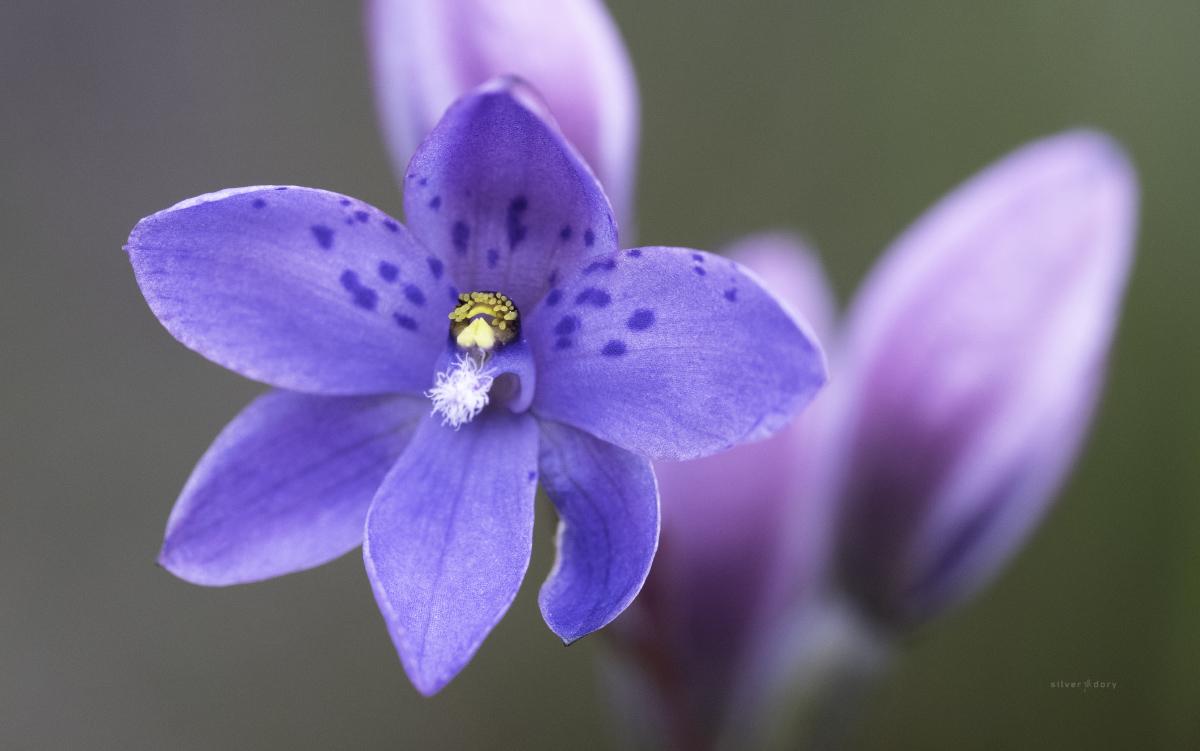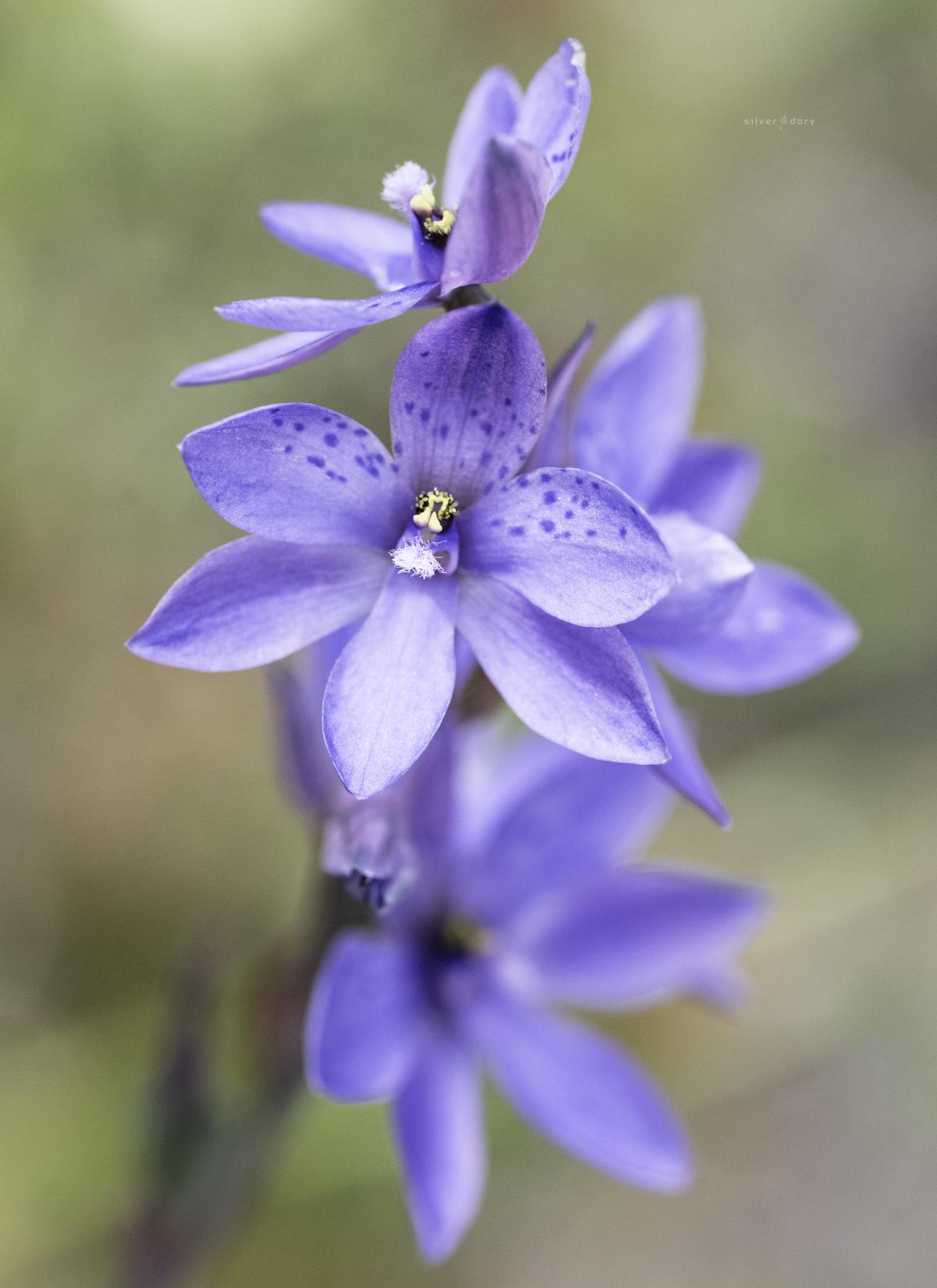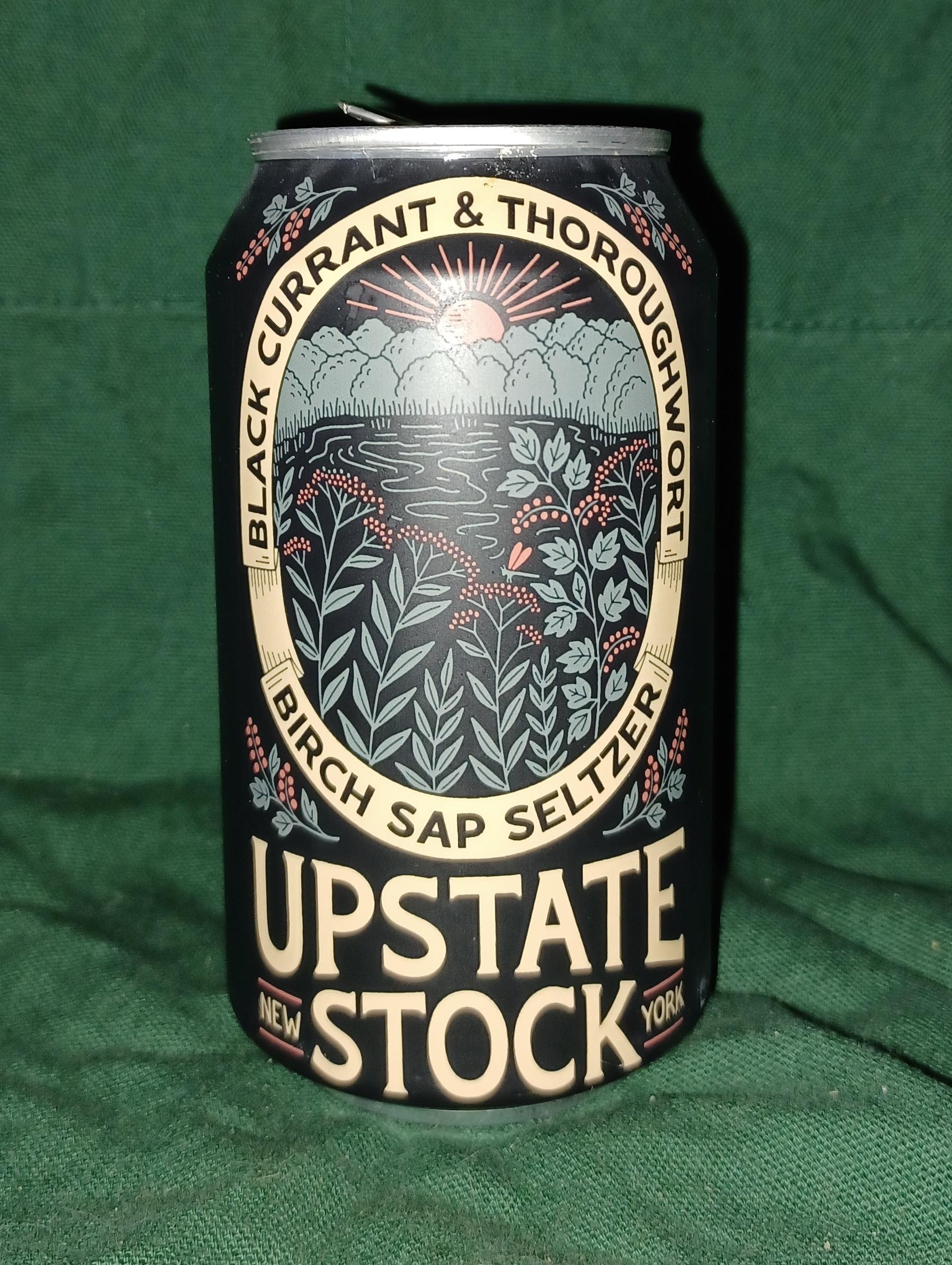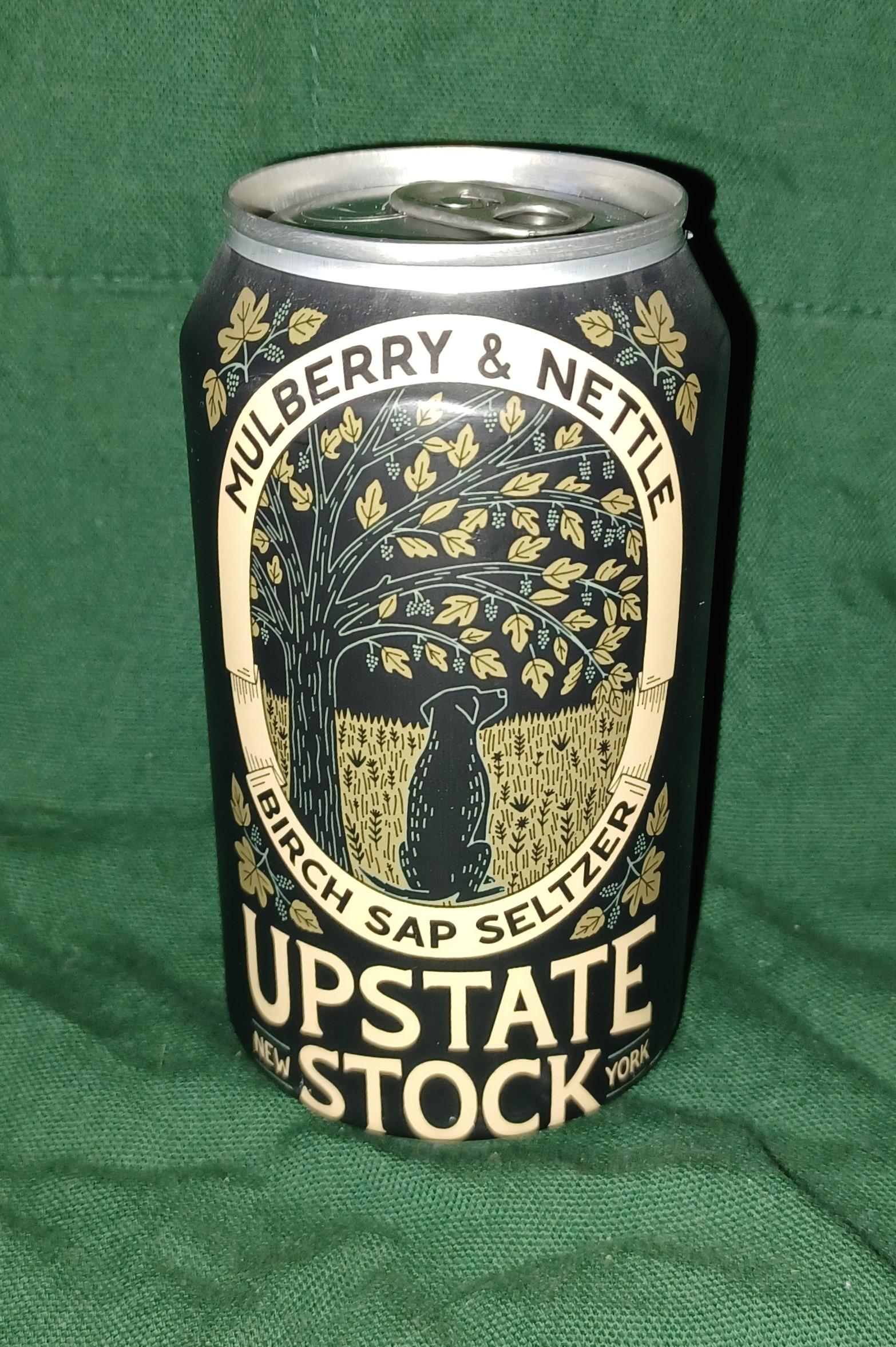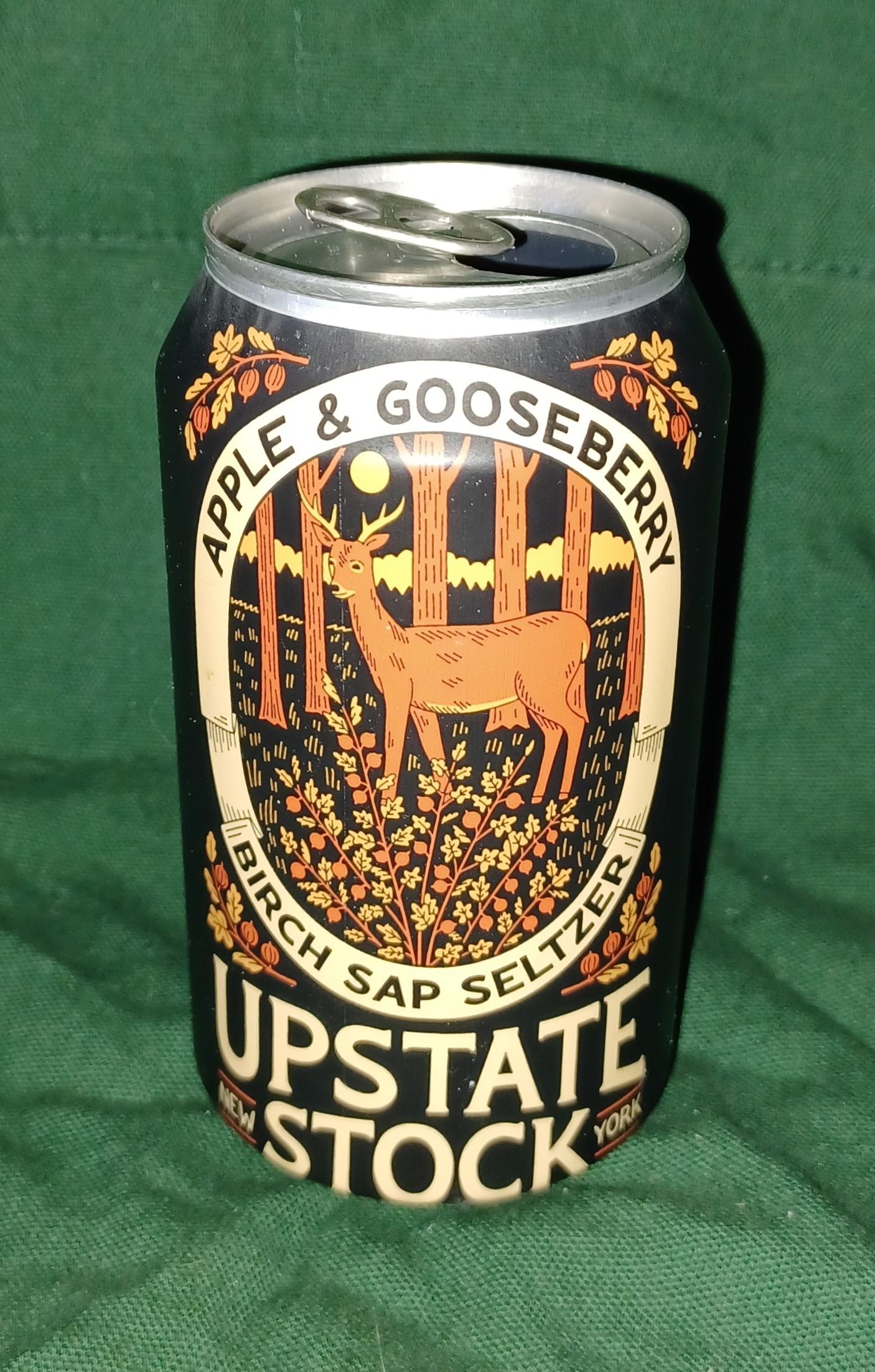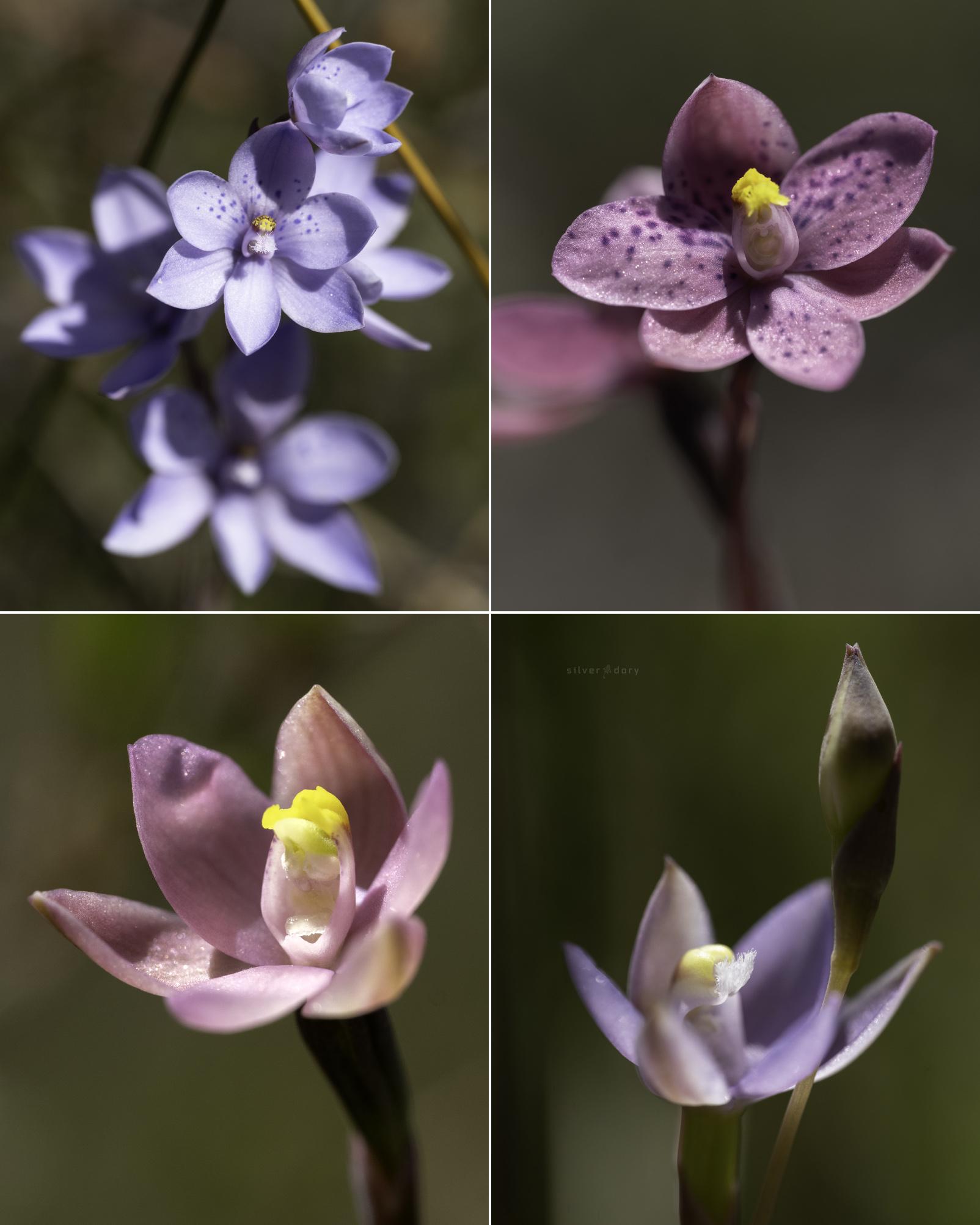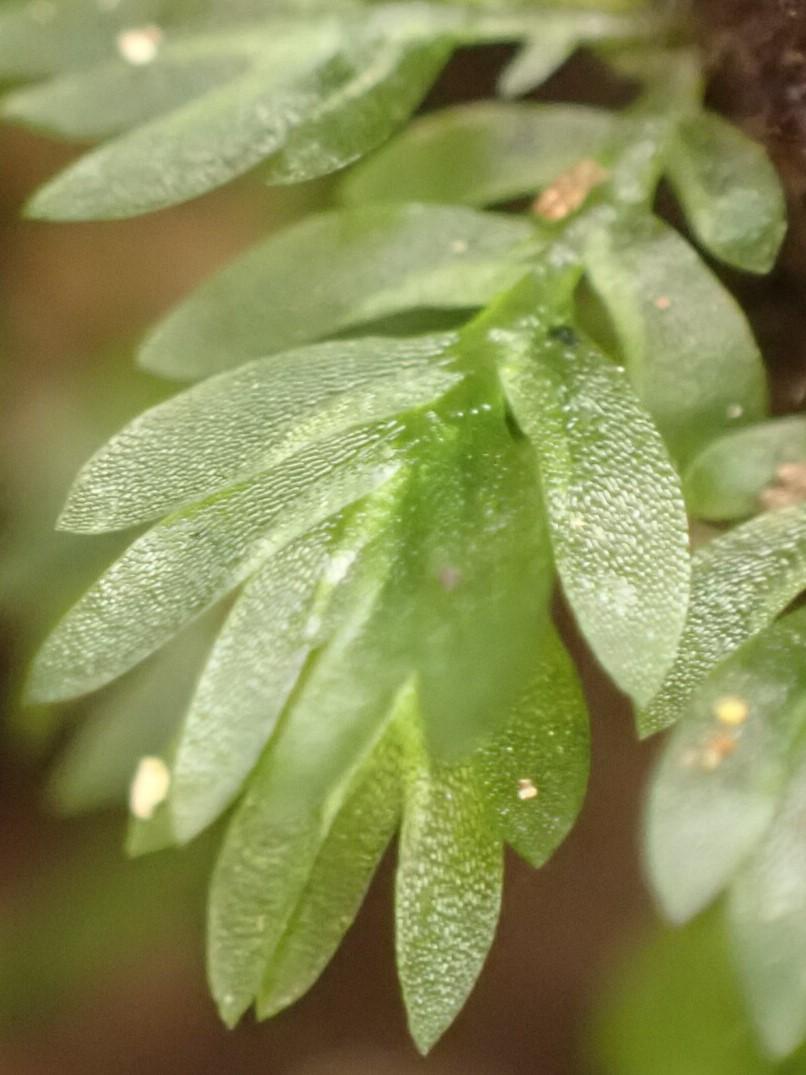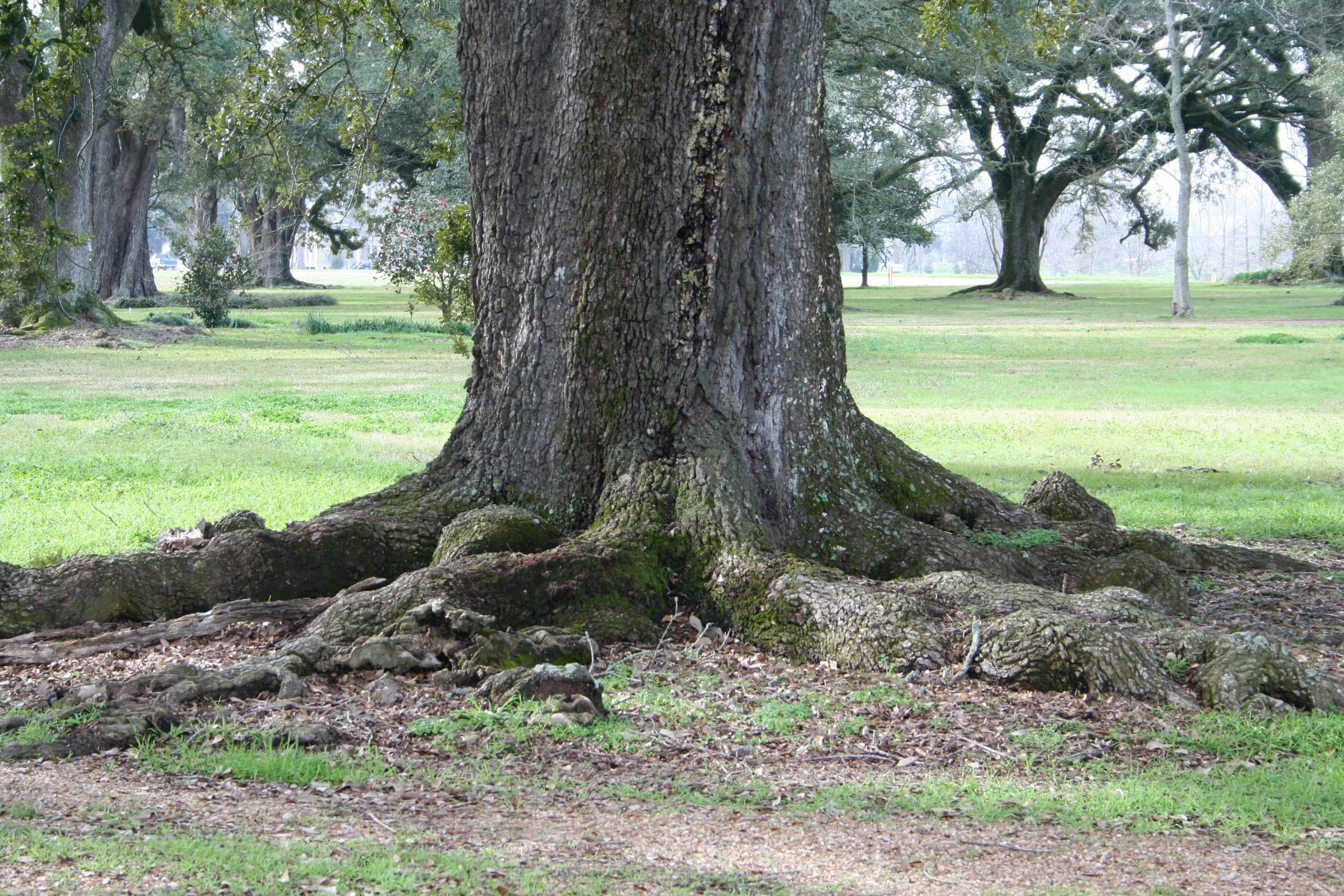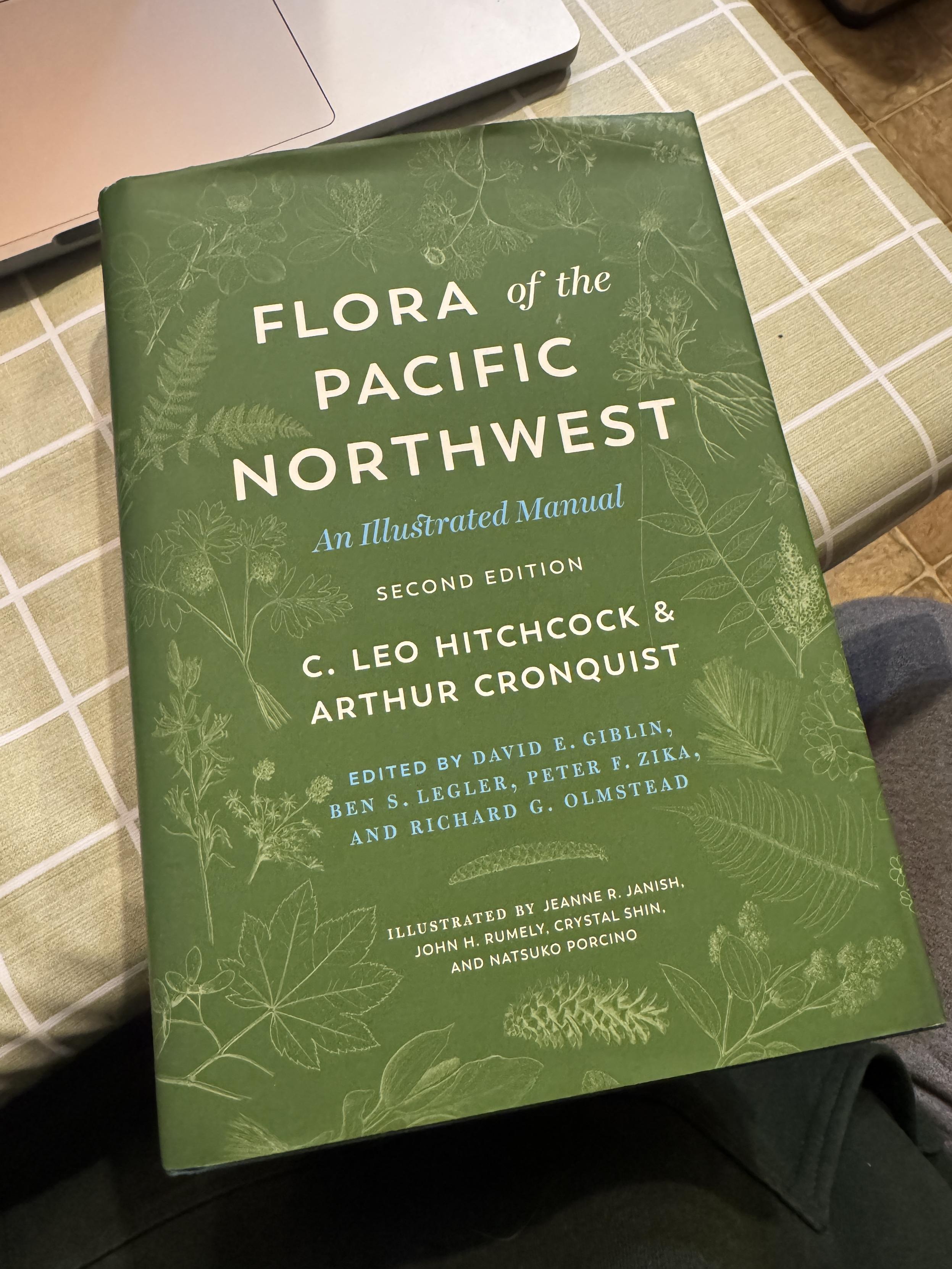A few more late-flowering sun orchids with spots (Thelymitra ixioides / Thelymitra juncifolia) variations near Mallacoota, East Gippsland, VIC.
Only plants in part shade on the edge of the forest were still flowering in early November at this location - usually in slightly damper soils than the adjacent open grassland.
#Orchids #OzPlants #Biodiversity #Ecology #Botany #Photography #Spring #InTheField #Nature #BloomScrolling #EastGippsland #SunOrchids #Thelymitra

